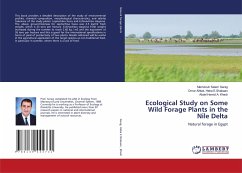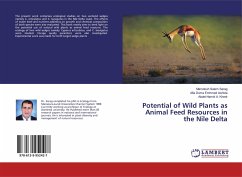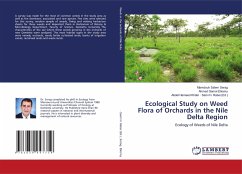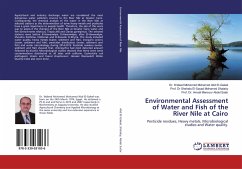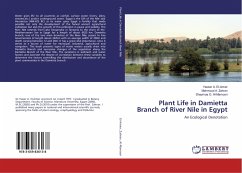The Nile Delta comprises about 63% of Egypt's most fertile land. The present flora and vegetation of water plants growing in water channels of the Nile Delta were studied through four main sectors covering its whole area. Distribution maps of some species were presented in different categories of species distribution. The severe human activities contributed largely in the disappearance of many hydrophytes. The numerical analysis of the vegetation revealed the identification of 17 vegetation groups in the different sectors. The relationship between water and its macrophytic vegetation was assessed by Redundancy Analysis (RDA), and indicated the role of some water variables in its distribution. Even presented in traces, heavy metals showed a remarkable presence in some of the drains in the study area. Water chemical analyses revealed the occurrence of Hg, Cu and Pb in small amounts which undoubtedly affected the occurrence of some hydrophytes, where others showed vigorous growth inheavily polluted channels.


